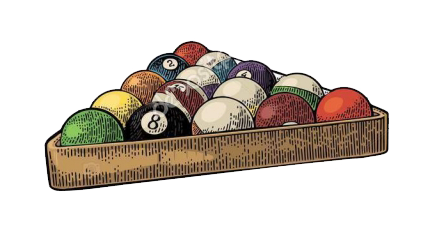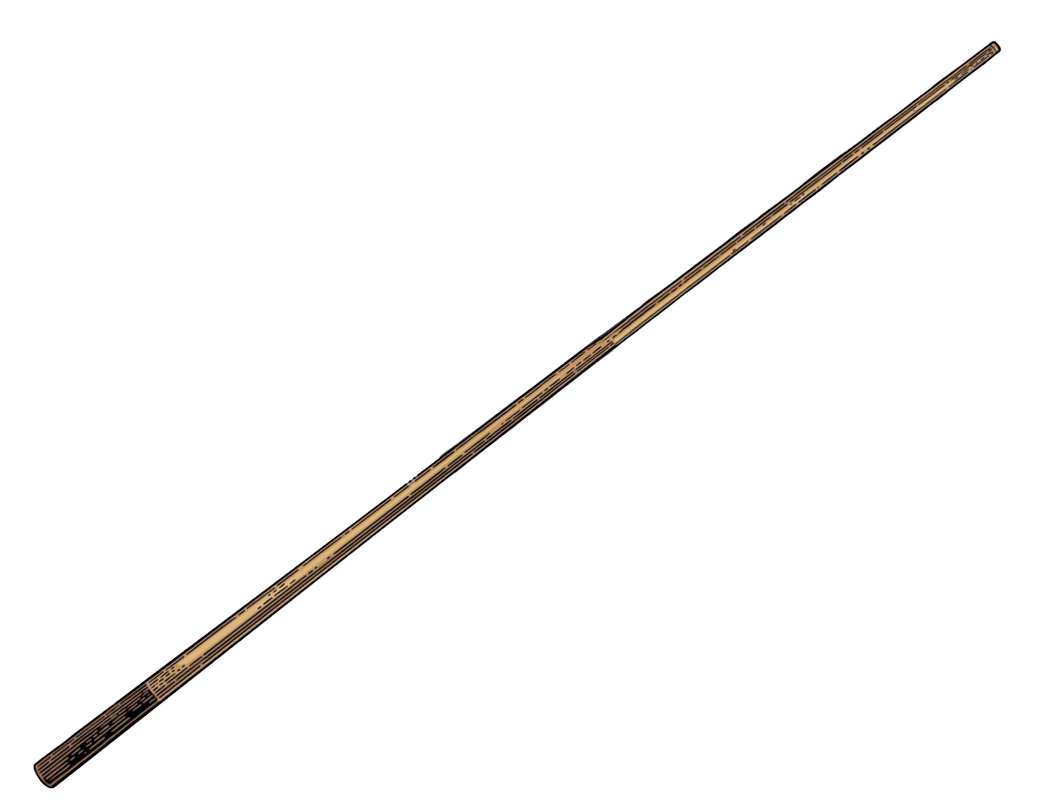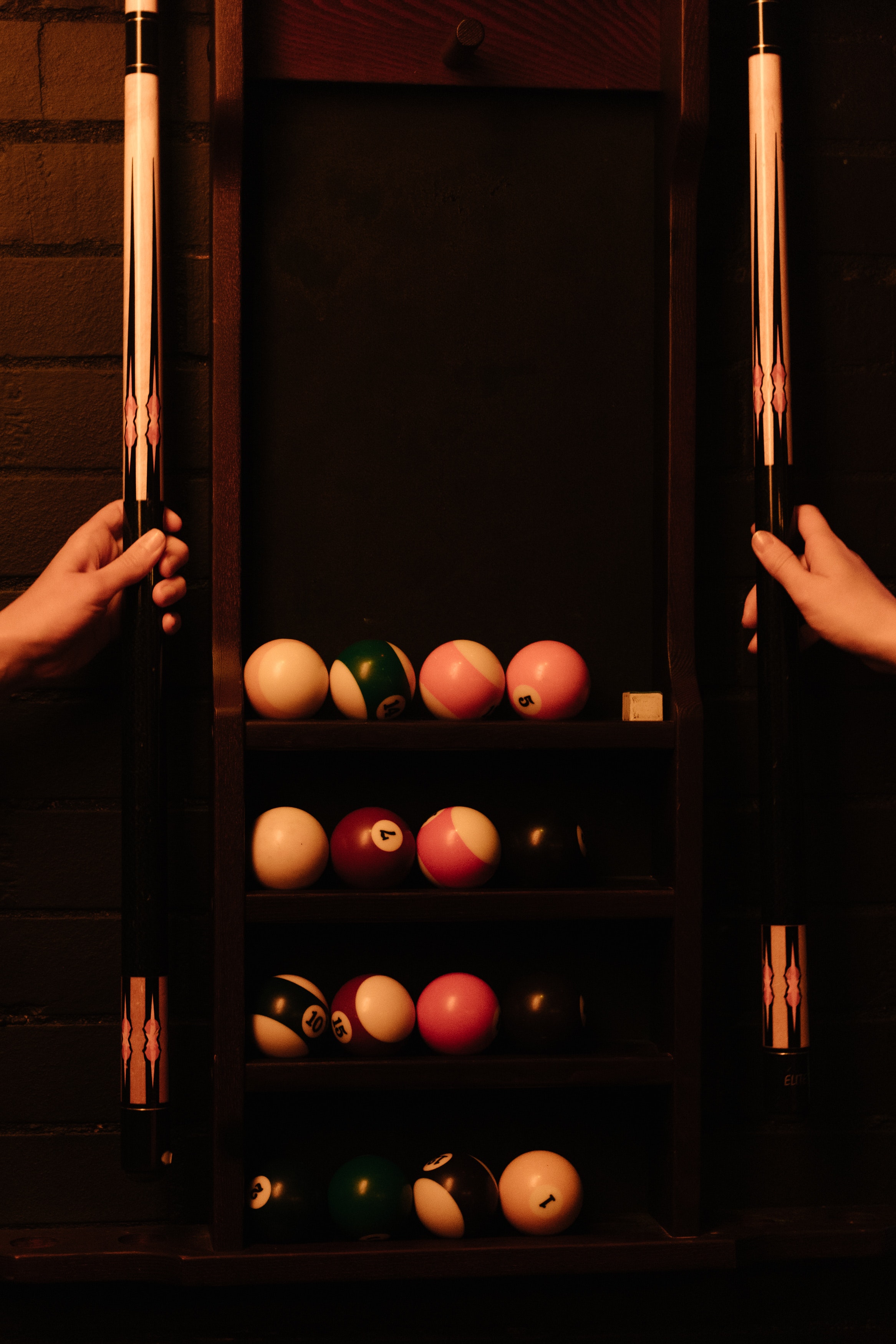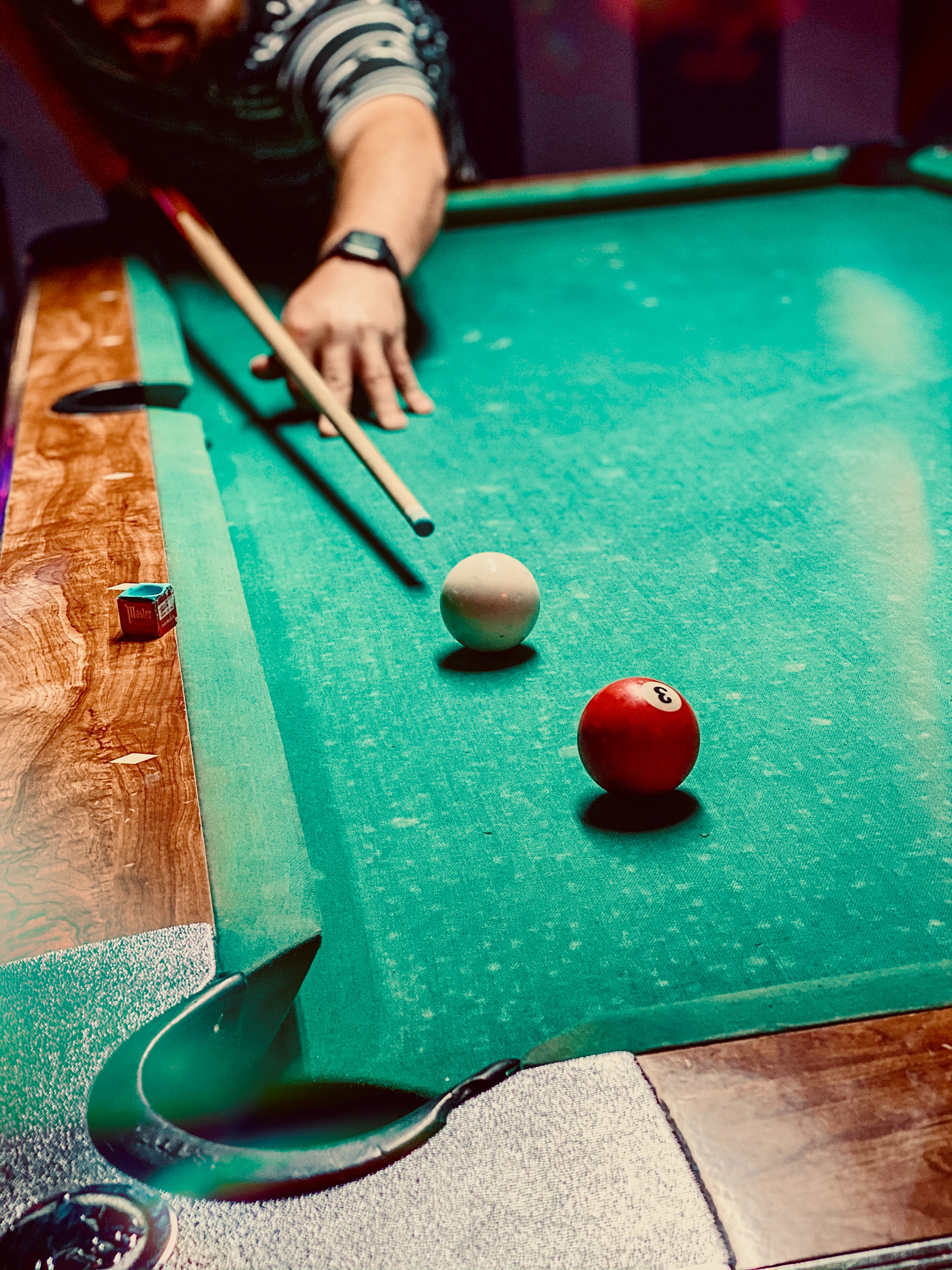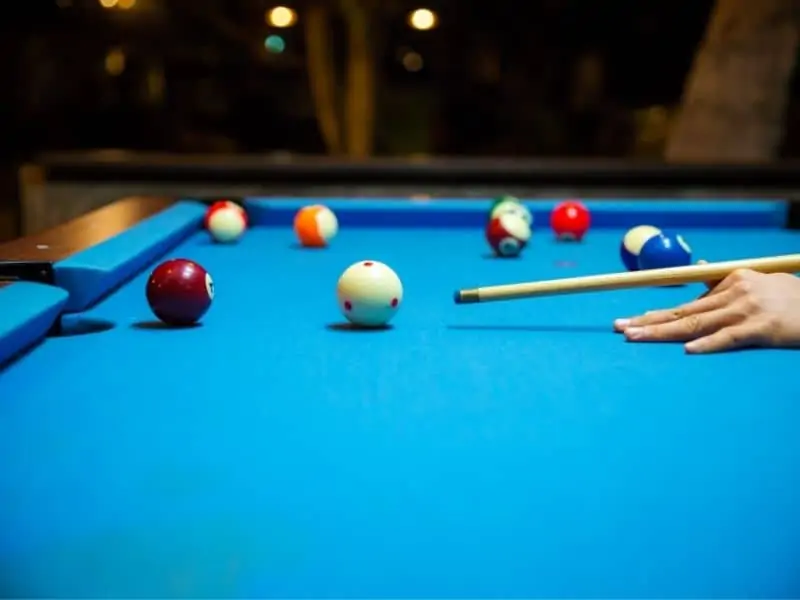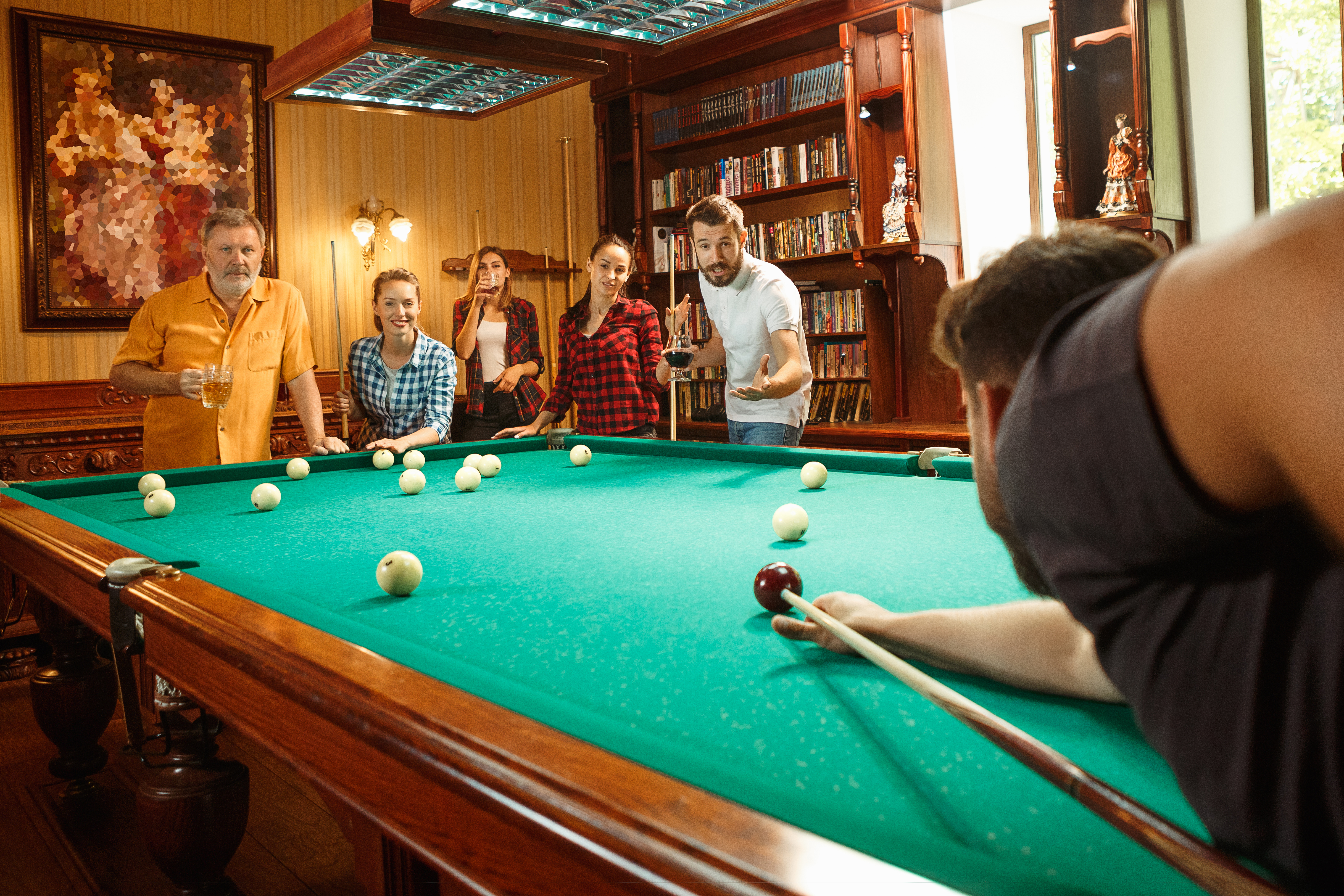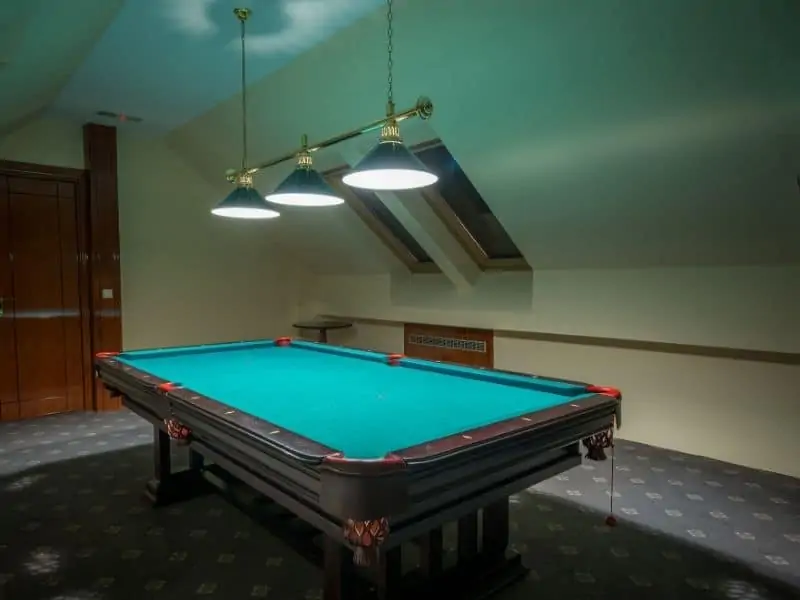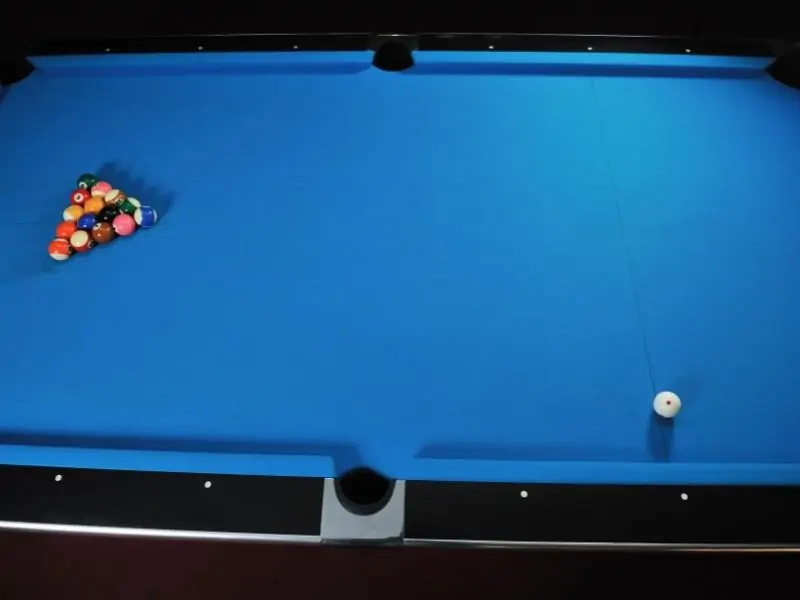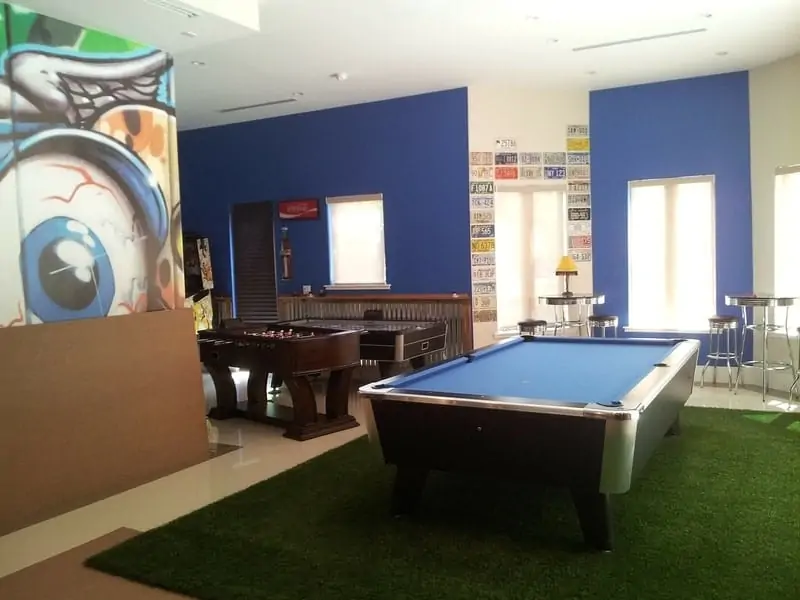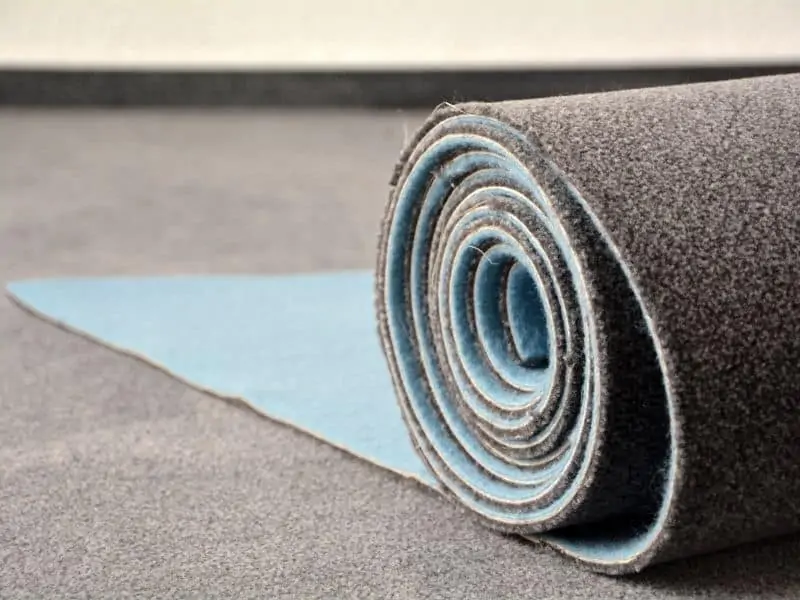Pool cues come in various designs and offer different playing experiences. One common consideration is the choice between a wrap and no wrap on the cue. This decision can greatly influence the feel and performance of the cue. In this article, we will dive into the differences between wrapped and unwrapped pool cues and guide you towards the right choice.
Wrap vs No Wrap: An Overview
The wrap on a pool cue can add both aesthetic appeal and functionality. Here’s a quick comparison:
Wrapped Pool Cues
- Texture: Wrapped cues offer a textured grip that helps players maintain control.
- Design Variety: The wraps can be found in different materials and designs, adding to the visual appeal.
- Comfort: Wraps provide additional cushioning which may increase comfort during play.
Unwrapped Pool Cues
- Smooth Feel: Unwrapped cues provide a sleek and smooth feel in the hands.
- Minimalist Appearance: Without a wrap, cues often have a clean and elegant look.
- Potential Cost Savings: Unwrapped cues might be less expensive, depending on the materials and craftsmanship.
Making the Right Choice
Choosing between a wrapped and unwrapped pool cue comes down to personal preferences and play style. Some may find the texture of wrapped cues beneficial, while others may prefer the sleek feel of unwrapped ones. Understanding the pros and cons of each option will guide you towards the right decision for your game.
Wrapless Cues: More Than Just Simplicity
When most people think of wrapless cues, images of basic bar room or pool hall cues may come to mind. While these plain cues are common, it’s a misconception that wrapless cues are always cheap or unattractive.
High-End Elegance
Actually, many high-end cues are designed without wraps. This choice isn’t just about aesthetics; it serves functional purposes as well.
Showing Off Artwork
One reason to choose wrapless cues is to display the intricate artwork that goes into the butt of the cue. Without a wrap, there’s more room to showcase the creativity and craftsmanship that characterizes a high-end pool cue.
Unexpected Grip
Contrary to popular belief, wrapless cues often provide an excellent grip. While pool cue shafts are made to be slick to glide easily through your bridge hand, the butt is typically coated with a high-gloss protective finish. This finish provides sufficient grip for many players, allowing a secure and comfortable hold.
Wrapless Cues and Player Preferences
The choice of a wrapless cue is not just about aesthetics or cost savings. It aligns with specific playing preferences and needs.
Sufficient Grip for Many
Lots of players prefer wrapless cues for the grip they provide. If your hands don’t sweat much during play, or you appreciate seeing more artwork on the cue, a wrapless cue may be an excellent fit for you.
Wrapless cues are more than just simple or mundane options. From showcasing art to providing a surprisingly good grip, they can be both beautiful and functional. Understanding these aspects can help you choose the right cue for your unique style and needs.
Wrapped Cues: A Solution for Sweaty Hands
Most pool players deal with sweaty hands at least occasionally, and that’s why the majority of pool cues have wraps. The variety of wraps available, along with other aids like gloves or hand chalk, aims to combat the effects of sweaty hands. However, since gloves only help with your bridge hand, and hand chalk can be messy, finding a pool cue wrap that suits you becomes essential if you experience sweaty hands.
Different Types of Wrap: Function Over Form
While much of what you see on a pool cue is purely cosmetic, the exception is the wrap. These wraps offer different levels of grip and moisture reduction. Understanding the common types can help you decide the best fit for your needs.
Rubber Wrap
If your hands are prone to sweating, a rubber wrap is probably your best option. Known for their exceptional “grippiness,” rubber wraps are perfect for players with sweaty hands, especially for break cues where power and control are vital. The only downside might be losing a bit of control on finesse shots due to the intense grip.
Leather: Stacked vs. Standard
Leather wraps appeal to most pool players, offering a balance of grip and control. There are two types:
- Stacked Leather: Installed in strips and allowing for more colors and patterns, stacked leather feels similar to standard if done right. It offers slightly more texture and grip.
- Standard Leather: Smoother and likened to the leather on vehicle seats or wallets, standard leather provides adequate grip without too much texture.
Both types are effective, but stacked leather offers just a bit more grip.
Irish Linen: For Finesse Players
Irish Linen wraps offer the least grip among available options. If you struggle with sweaty hands, you might want to opt for leather or rubber instead. Irish Linen suits those who prefer finesse and need a wrap that allows more precise cue manipulation. This type of wrap is more suited for shots requiring accuracy rather than power, making it less ideal for break cues.
Choosing the Right Wrap Material: Factors to Consider
While this article has already outlined the key differences between wrapped and wrapless cues, and discussed the most common types of wraps, choosing the right wrap material for your pool cue might still feel overwhelming. Here’s a deeper dive into the factors you should consider when deciding which wrap material best suits your playing style and needs:
1. Comfort and Feel
Arguably the most important factor, the wrap material should feel comfortable in your hands. Some players prefer the softer, more organic feel of leather, while others prefer the smooth and consistent grip of Irish Linen or the extra ‘stickiness’ of a rubber wrap. When you are holding your cue, it should feel like an extension of your arm, so comfort is crucial.
Along with the type of wrap, the length of your pool cue also plays an essential role in your performance. To understand how to choose the proper cue length, click here for our guide on selecting the correct cue length.
2. Sweat Absorption
If your hands tend to sweat a lot while playing, you might prefer a wrap that is good at absorbing moisture, such as Irish Linen or leather. These materials can help to keep your hands dry and maintain a consistent grip on your cue.
3. Maintenance and Durability
Different wraps have different levels of durability and required maintenance. Leather, for example, is known for its longevity but might require occasional treatment to keep it supple. Irish Linen is durable and relatively easy to clean, but it can fray over time. Rubber wraps are generally low-maintenance but can wear down or get ‘tacky’ with extensive use.
4. Aesthetic Preferences
For many players, the appearance of their cue is just as important as its function. If you prefer a sleek and traditional look, you might lean toward a leather or Irish Linen wrap. If you want something more modern and vibrant, rubber wraps often come in a variety of colors and patterns.
5. Playing Style
As the original article mentions, your style of play is a significant factor. For players who rely on finesse and precision, a wrap that allows subtle hand movements, like Irish Linen, might be preferable. For those who employ more powerful shots, especially breaking, a grippier wrap like rubber might be beneficial.
6. Price and Budget
Different wrap materials come with different price tags. Leather wraps, especially high-quality or exotic leathers, are generally at the higher end of the price spectrum. Irish Linen is often a more affordable option, while rubber wraps tend to be cost-effective and are common on entry-level cues.
7. Sensitivity and Feedback
Some players prefer a wrap that allows them to feel the vibrations of the cue more distinctly, helping them to understand the quality of their shots. In this case, a wrapless cue or a thinner wrap like Irish Linen might be preferable.
8. Climate and Environment
Consider the climate in which you most often play. In a humid environment, moisture-resistant materials like rubber or certain leathers might be beneficial. In drier climates, a wrap that doesn’t dry out, like Irish Linen, might be preferable.
Wrapping It All Up
Whether you like a wrapped or wrapless pool cue really comes down to personal preference. There are pros and cons of both. Determining which style you like will take some trial and error. That’s why its best to play with multiple pool cues, ones that are wrapped and not wrapped, before you buy one for yourself.
In the end, choosing a wrap for your pool cue is a deeply personal decision that involves weighing these factors against each other. It’s advisable to try cues with different types of wraps in real playing conditions before making a decision. Don’t be afraid to ask more experienced players for their opinions and advice, as they can provide valuable insights based on their own experiences. Happy playing!
